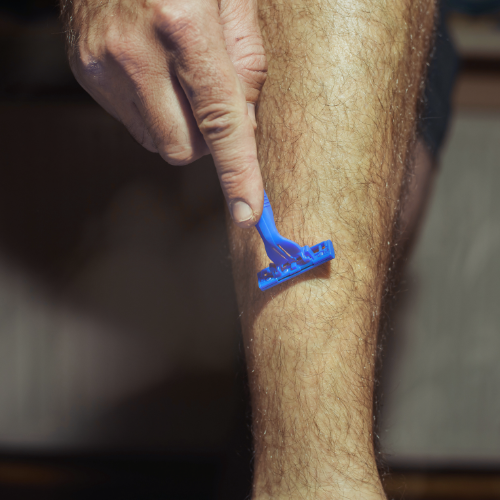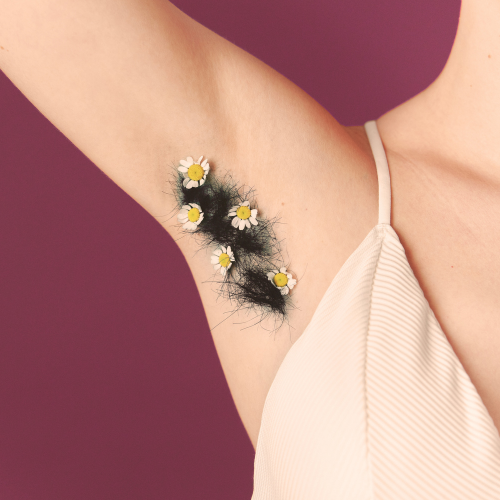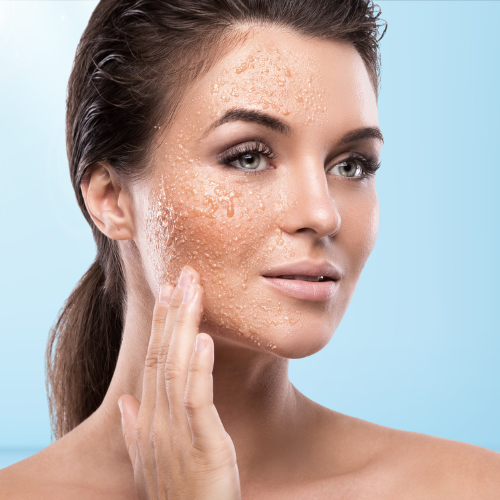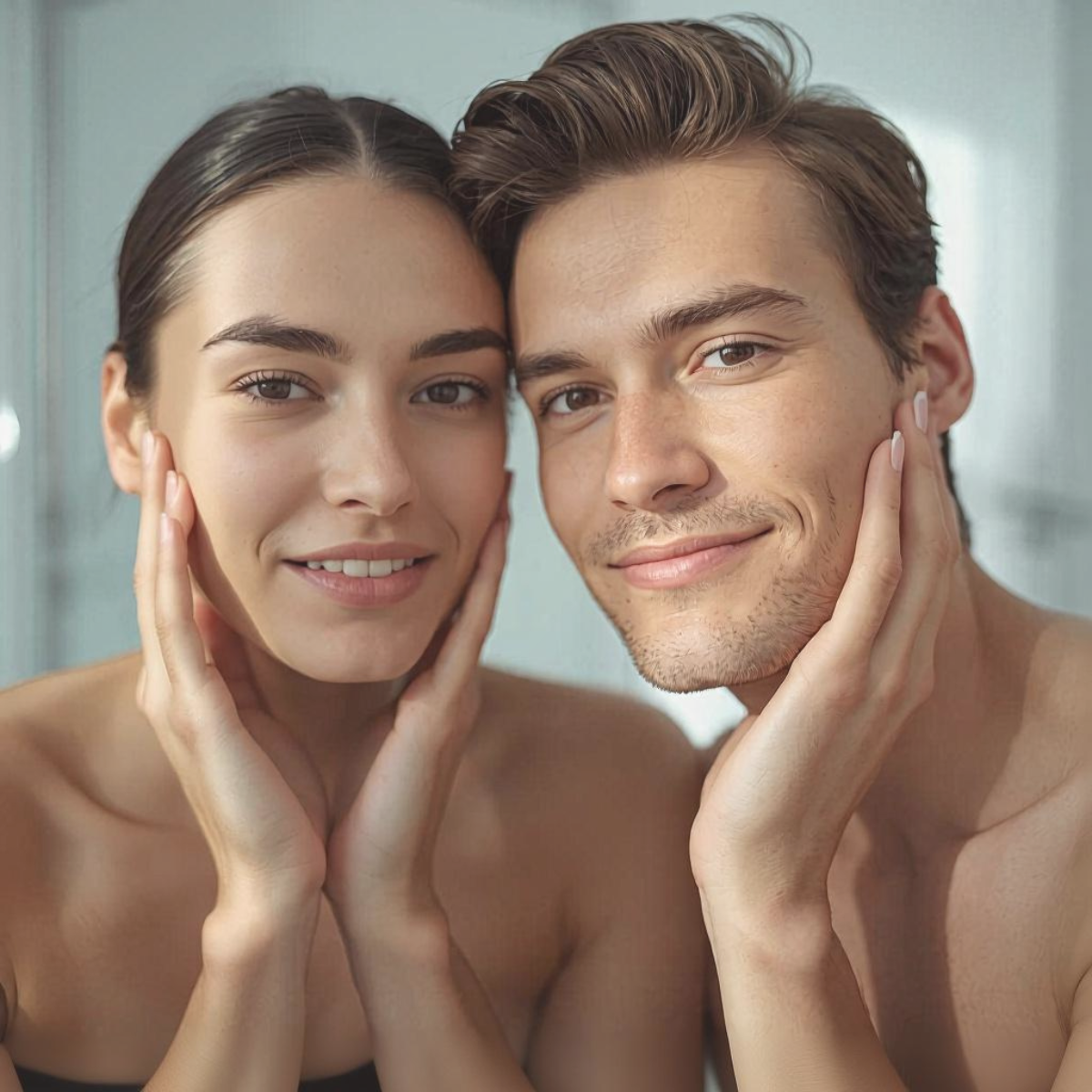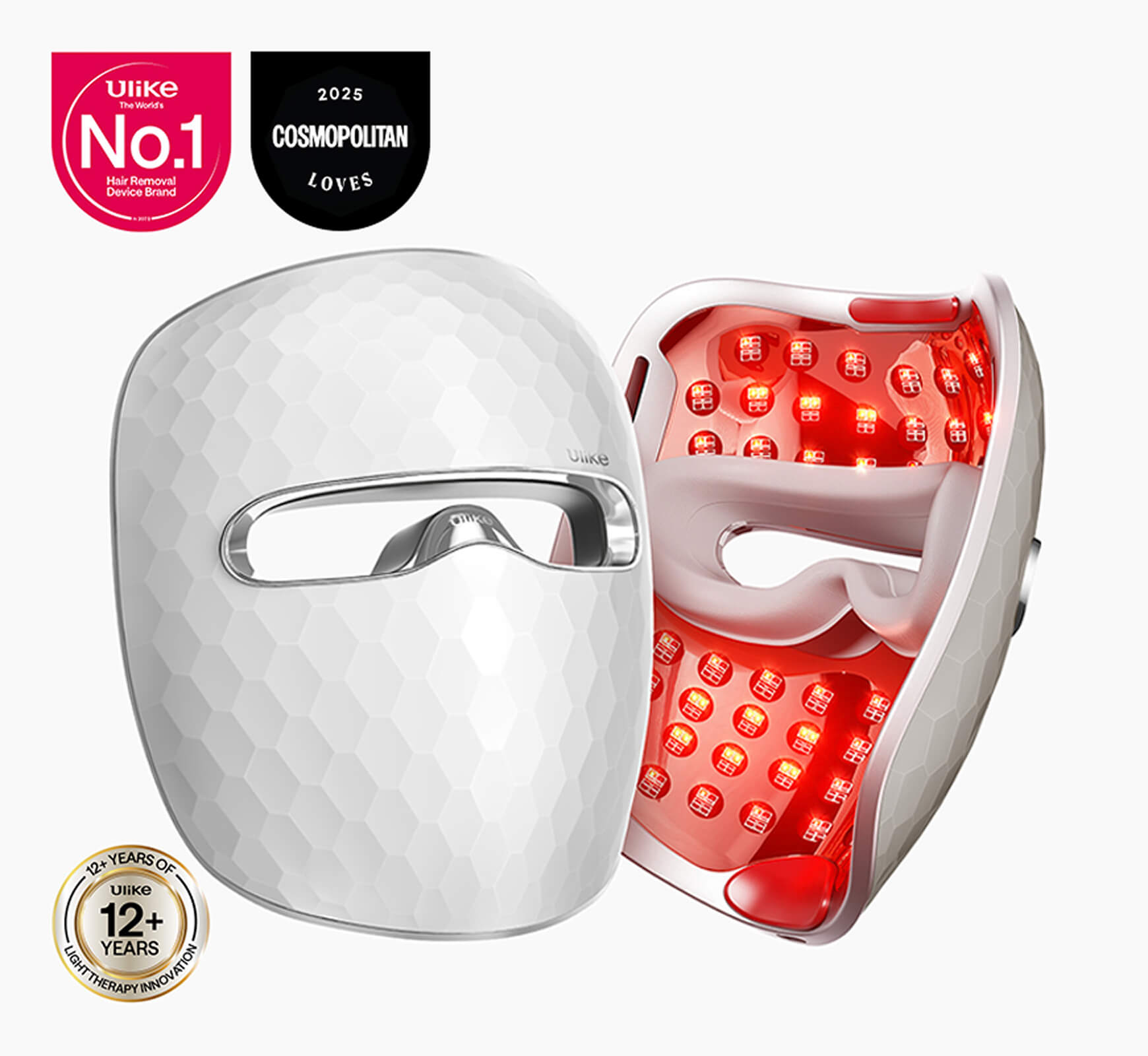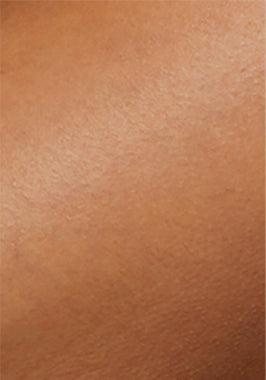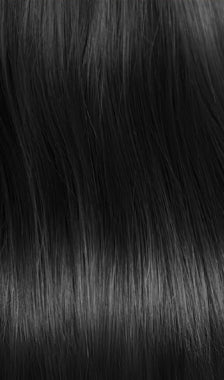Do Men Shave Their Legs? UK Grooming Trends & How-To Guide
Have you ever wondered: do men shave their legs?
This grooming trend is gaining popularity among men across the UK. It is no longer limited to athletes, but is now also embraced by everyday men. From cyclists and swimmers to fitness influencers and style-conscious individuals, leg shaving is changing the way men think about personal grooming.
Societal attitudes towards male grooming have changed significantly. What once felt taboo or niche is now widely accepted. Research by Mintel shows that a growing number of young men in Britain are adopting this trend. It has been encouraged by sports marketing and celebrity endorsements from figures such as Wes Nelson, Jack Fincham, and Adam Collard, all of whom appeared on the UK reality show Love Island.
In addition, a survey by Women’s Health found that 34 percent of women are comfortable with men having shaved or trimmed legs, provided there is a reason behind it, such as athletic performance.
So, why is this trend becoming more popular? For athletes, shaving can reduce drag and make it easier to treat injuries. For others, it highlights muscle definition, improves hygiene, and simply feels cleaner.
Why are more men choosing to shave their legs? Is it purely a practical decision, or is it also about confidence and appearance? And here is the key question: do women actually like men with shaved legs?
Whether your motivation is sport, style, or self-care, one thing is clear. Men shaving their legs is no longer unusual, and it looks like the trend is here to stay.
Why Do Athletes Shave Their Legs?
Ever wondered do men shave their legs? The answer starts with sports grooming, particularly in cycling and shaving, and bodybuilding.
Origins in Athletics
Cycling and bodybuilding were among the first sports to influence male grooming. Cyclists and swimmers have been shaving their legs since the early 20th century to reduce drag. Bodybuilders, on the other hand, began removing leg hair to enhance visual muscle definition and vascularity.
Performance Enhancement Benefits
Wind tunnel data shows that shaving the legs reduces aerodynamic drag by approximately 7 percent. This translates to a time saving of around 79 seconds over a one-hour, 49-kilometre time trial ride, offering clear performance advantages.
According to BikeRadar, a shaved surface also makes muscle massages more effective and eases the treatment of road rash, helping to avoid painful hair pulling and lowering the risk of infection.
Psychological and Cultural Effects
Many athletes report feeling sharper, more professional, and even psychologically faster after shaving their legs. This suggests that the performance boost is not only physical but also mental, driven by increased confidence and a sense of belonging within cycling culture.
From Sport to Everyday Grooming
As grooming habits among athletes gained visibility through the media and fitness culture, leg shaving began to move beyond elite sport and into the wider male grooming landscape. Today, many men, whether or not they are athletes, choose to shave their legs for hygiene, muscle definition, or simply to feel cleaner and more confident.
What began as functional grooming in sports such as cycling and bodybuilding, with goals of improving performance, aiding recovery, and enhancing appearance, has evolved into a widespread trend that answers the question: do men shave their legs? It now bridges the gap between athletic tradition and contemporary grooming routines for men.

What Are the Benefits of Shaving Legs for Men?
Thinking about shaving for men? Here are the practical reasons for leg shaving that many active guys swear by:
Muscle Definition
Shaving helps bodybuilders and fitness enthusiasts highlight muscle definition, making the legs appear more toned—especially under gym lighting or in swimwear.
As Bearded Colonel notes, “Smooth skin enhances muscle definition visibility, making vascularity and muscle cuts more apparent both in person and in photographs.”
Chafing Prevention and Reduced Skin Irritation
Whether you are running, cycling, or swimming, shaved legs can reduce friction and discomfort. Runners in particular find it useful when wearing tights or compression gear. It also makes the application of anti-chafe creams easier and helps maintain comfort during long workouts or races.
Improved Comfort During Activities
From cardio to weight training to swimming, many men report that shaving improves overall comfort. Without body hair, there is less trapped sweat, less itching, and a general feeling of lightness and freedom of movement.
Personal Hygiene and Skin Health
Body hair can trap sweat, bacteria, and odour. Shaving makes it easier to clean, exfoliate, and moisturise the skin, helping to reduce irritation and the risk of infection. Smooth skin is also said to absorb moisturisers and body products more effectively, promoting healthier skin overall.
In short, the practical benefits of leg shaving include better muscle definition, reduced chafing, greater comfort during physical activity, and improved hygiene. For many active men, it is more than a trend. It is a grooming choice rooted in both function and self-care.

A Step-by-Step Guide to Shaving Your Legs Like a Pro
Thinking about giving leg shaving a try? Don’t worry. It’s easier than you might think. With a bit of preparation and the right technique, you can achieve smooth, irritation-free legs just like a grooming expert. Here is a simple five-step process to help you master leg shaving with confidence.
Step 1: Trim the Hair First
Before reaching for the razor, start by preparing your leg hair. Trimming is an essential first step in the shaving process, especially if you have thick or longer hair. Longer hair can pull on the skin or clog your razor, leading to discomfort and uneven results.
After showering or bathing—when the hair is soft and easier to manage—use an electric trimmer with a guard attachment, or a pair of scissors. Begin with a longer guard (such as #2 or #3) and gradually reduce the length until the hair is about a quarter of an inch. This is short enough to make shaving easier, but not so short that you risk nicks or razor burn.
Trimming in advance makes your shave smoother, more precise, and more comfortable. It also helps your razor glide more effectively and stay sharper for longer.
Step 2: Prepare the Skin
The next step in the shaving process is proper skin preparation. This is essential for a smooth and comfortable shave. Begin with a warm shower to soften both the hair and the skin. Spending at least 10 minutes under warm water helps to open the pores, improve razor glide, and reduce the chances of friction, nicks, or cuts.
While in the shower, gently exfoliate your legs using a mild scrub, a loofah, or an exfoliating mitt. This step removes dead skin cells, clears clogged follicles, and helps to prevent ingrown hairs, razor bumps, and irritation—particularly important if you have sensitive skin.
After exfoliating, rinse thoroughly to wash away any loosened debris. At this point, your skin will be clean, hydrated, and ready for the next step: applying shaving cream or gel and making that first smooth pass with the razor.
Step 3: Apply Shaving Cream or Gel
Choosing the right product is key to achieving a smooth, irritation-free shave. Shaving creams and gels formulated for sensitive skin often include calming ingredients such as aloe vera, vitamin E, oatmeal, or chamomile. These help to soothe and hydrate the skin during the shave.
Start by applying a generous layer of shaving gel or rich cream to your damp legs to maximise lubrication. Gently massage the product into the skin, then allow it to sit for 20 to 30 seconds. This softens the hair further and creates a smooth, protective barrier to help the razor glide effortlessly across the skin.
Use light, steady strokes and rinse the blade frequently. This helps reduce friction and lowers the risk of irritation, ensuring a more comfortable and confident shaving experience.
Step 4: Shave Gently
Now you’re ready for the main event. To shave like a pro, always glide the razor in the direction your hair grows—this is known as shaving with the grain. Shaving this way reduces the chance of razor bumps, cuts, and skin irritation.
Make sure to use a clean, sharp razor. Dull blades can tug at the hair and cause friction, increasing the risk of nicks, razor burn, and general discomfort.
Keep each stroke light and controlled, rinsing the razor often to prevent clogging. Avoid applying too much pressure. Instead, let the blade do the work and glide gently over the surface of your skin. This careful technique helps ensure a close shave while maintaining smooth, healthy-looking skin.
Step 5: Rinse and Moisturise
After shaving, rinse your legs with cool water. This helps to soothe the skin, close the pores, and reduce inflammation—minimising the risk of redness and irritation. Gently pat your legs dry with a soft towel rather than rubbing, which can aggravate sensitive or freshly shaved skin.
Next, apply a fragrance-free moisturiser, ideally one designed for sensitive skin. Choose a lightweight cream or balm that contains calming and hydrating ingredients such as aloe vera, shea butter, ceramides, or colloidal oatmeal. These ingredients help to restore the skin’s barrier, lock in moisture, and prevent dryness without clogging the pores. Brands like CeraVe, Aveeno, and Vanicream are highly rated for post-shave skincare and are particularly suitable for leg aftercare.
By rinsing with cool water and applying a high-quality moisturiser straight after shaving, you support your skin’s recovery, reduce razor burn, and maintain that smooth, clean feeling all day long.

Do Women Like Men with Shaved Legs?
Wondering if women actually care whether men shave their legs?
According to a YouGov survey in the UK, only 5 percent of people find hairy men’s legs unattractive, while around 26 percent find them attractive. That suggests the majority are fairly neutral on the matter.
And here’s an interesting stat from Beardlong: 52 percent of women say a man who trims his leg hair is attractive, while 22 percent prefer a completely clean-shaven look.
So, what does that tell us? More than half of women are open to some level of grooming—and a good number even love it. At the same time, many are perfectly fine with a natural, unshaven look.
Societal attitudes towards male grooming have definitely evolved, influenced by athletes, celebrities, and changing style norms. But preferences still vary widely. Some women like the clean, athletic appearance of shaved legs, while others associate natural body hair with masculinity.
In short, women’s views on men shaving their legs come down to individual preference—shaped by culture, age, and personal style. Whether you choose to shave, trim, or go natural, the most important thing is doing what feels right for you.

Men’s Leg Shaving FAQs: Everything You Need to Know
What percentage of straight men shave their legs?
According to a Men’s Health survey, around 15 percent of men shave their legs completely, while 33 percent trim, meaning nearly half of men manage their leg hair in some way.
In contrast, data from Mintel in the UK shows that only 4 percent of British men remove leg hair entirely. However, 13 percent—especially those under 30—report feeling pressure to do so.
Do women prefer men with shaved legs?
Research from Beardlong shows that 52 percent of women find shaved or trimmed legs on men acceptable, while 22 percent say they prefer completely smooth legs.
Similarly, a Women’s Health survey found that 34 percent of women are comfortable with shaved or trimmed legs—particularly when it’s for a reason such as athletic performance.
Overall, preferences vary. A neat, well-groomed look is often associated with hygiene, fitness, and a modern sense of style.
Is it normal for men to remove leg hair?
Absolutely. Shaving or trimming leg hair is no longer considered unusual. Influenced by athletic grooming habits, fashion trends, comfort, and hygiene, leg hair removal has become a regular part of many men’s self-care routines—similar to beard grooming or skincare.
Where should men avoid shaving?
Men should generally avoid shaving extremely sensitive areas such as the genitals, inner groin, or buttocks unless using proper techniques and products.
If grooming these areas, it’s important to trim first, use a clean, sharp razor, shave gently with the grain, and apply a suitable moisturiser afterwards. Prioritising hygiene and using appropriate tools can help prevent irritation, nicks, and infection.
Conclusion: Finding the Best Hair Removal Solution for You
Shaving your legs can be a great grooming option for comfort, style, or athletic performance—but it’s not your only choice. If you're after longer-lasting results with less maintenance, why not consider IPL (intense pulsed light) treatment? It’s a modern, effective alternative to shaving that can keep your legs smoother for longer. Ready to skip the razor? Give IPL a try and experience the difference.













